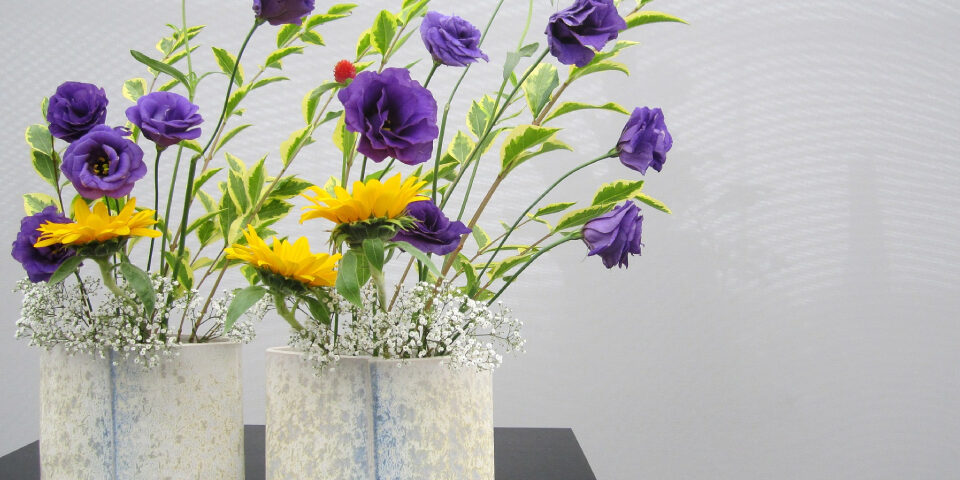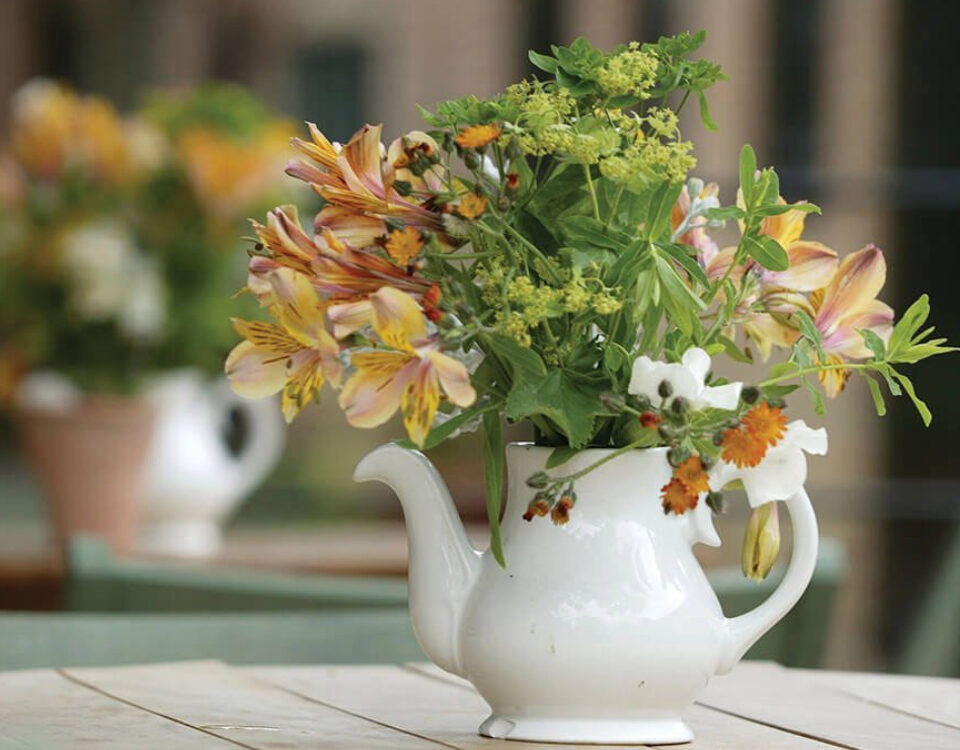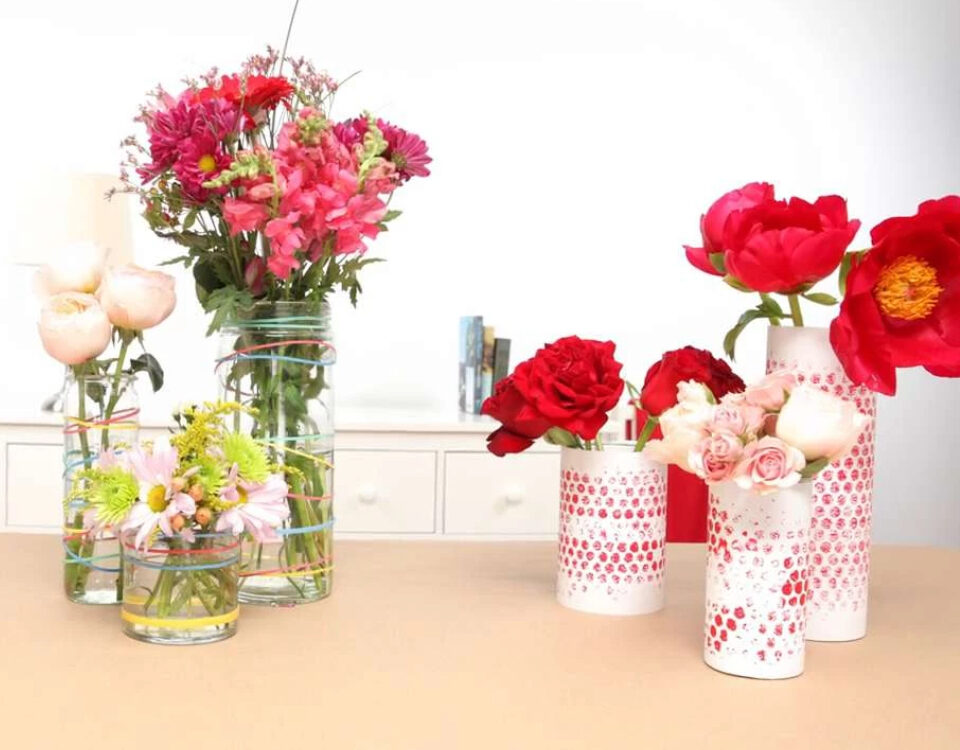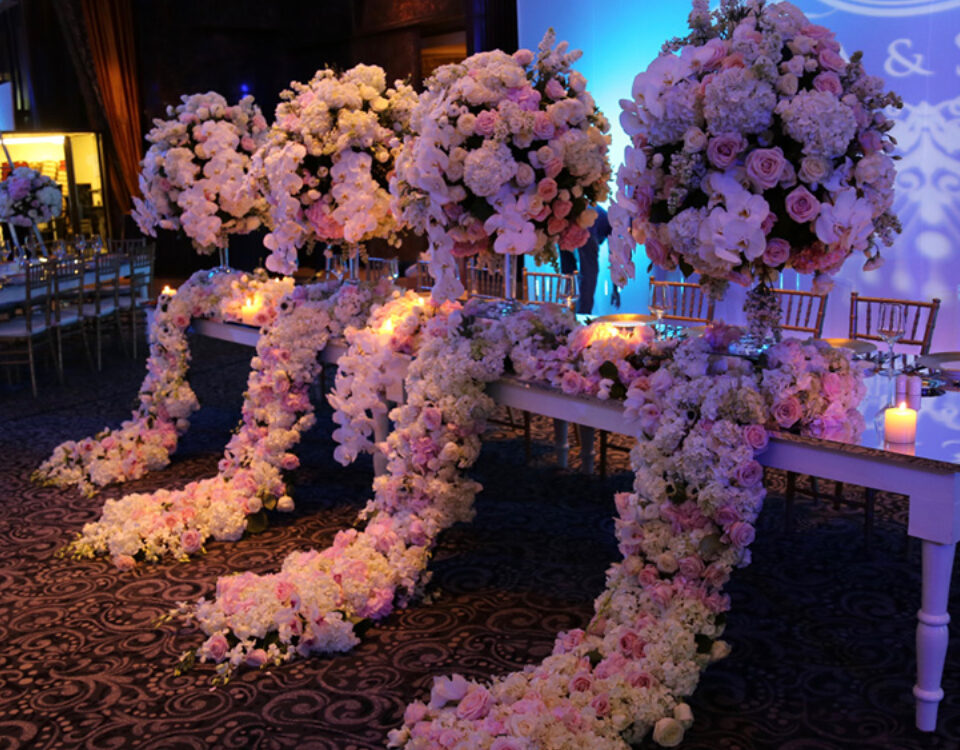
Fresh Flower Cake Decoration
March 30, 2020
Meaning and Occasion of Flowers
May 2, 2020Ensure that the finished product is suitable for the intended use, works as expected, provides added value and is of commercial quality. Artists, architects, craftsmen and philosophers formulate hypotheses that help them assess and analyze the quality of their work and history. Apparel, interior design, gardening, websites, cars, technology and other products will be analysed and evaluated on the basis of a number of theories and guidelines.
Florists and designers use the principles and elements of design that are taught in floristry to create high-quality commercial modern floral designs ideas . The following design elements are formalized paraphrases of floral theory, techniques, strategies for creating appealing floral designs and methods for analyzing arrangements. Each element has a different effect on the other and the way they communicate influences the overall aesthetic of the design.
The Colour:
It’s the first thing that catches your attention. It is the way that attracts you and evokes strong emotions and feelings.
Colour combinations create tension, excitement and enthusiasm, arrangements reflect themes and learning how to use and use colours in an arrangement is crucial. Colour theory is a self-contained discipline.
The Form:
Flowers can be shaped in three-dimensional width, height and depth or arranged in two-dimensional space. They can also be formed at any point in a round, arc or transition.
The Space :
Negative space is a term used to characterize the space left empty to give the eye a break and to proceed with the design of the material. Positive space is the fixed surface filled with objects or flowers to draw attention to the imaginary lines that outline the overall design.
The Line :
Connecting spaces between two points, axes set the visual direction. They also bring movement to the design by guiding the eye along the axis.
The Shape:
In terms of visual texture and shape, flowers, foliage, vessels and substances. Design uses textures and materials to create interest and contrast. The feel and sound of materials and surfaces can be velvety bun moss, smooth plum laurel leaf or hairy starchy lamb ears.
Now that you understand the elements and how they interact with each other, the next step is to learn the principles of design. These are the rules that arise from the integration of design elements to create a successful composition. Each element is an ingredient that is used in a floral design, and they serve as a design basis. Examine the individual elements in this post to make sure you understand and apply what you have learned.




